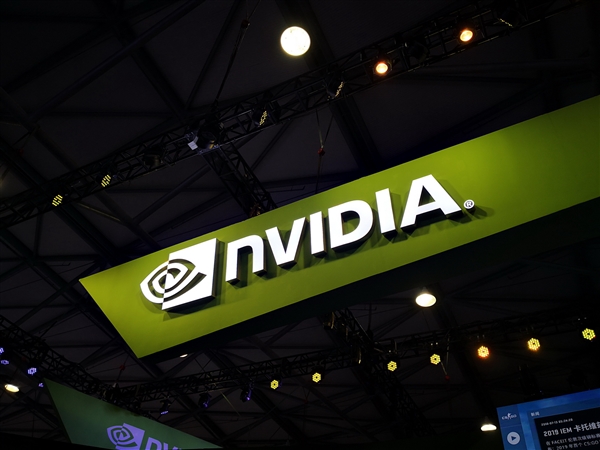
Time:2024-08-12Reading:1647Second
Firstly, although the iPhone 15 Pro series released last year introduced a 3nm manufacturing process, the performance of the A17 Pro did not seem to meet everyone's expectations. The improvement in CPU single core, multi-core, and GPU performance compared to A16 is only 10%, 12%, and 4%, respectively, and the power consumption has not decreased, but has increased significantly.
In addition, the price of chips has been continuously rising in recent years. According to channel sources, the price of Snapdragon 8 series flagship chips has risen from around $100 to around $160.

So why is the performance improvement of chips getting smaller and the price getting more expensive?
Firstly, the decrease in performance improvement of chips is not due to technical factors of chip manufacturers.
In the minds of many people, process upgrades and performance upgrades are often equated, but this perception is actually incorrect.
The key advantage of upgrading chip technology is to increase the transistor density per square millimeter, thereby reducing chip area and production costs per unit area.
For example, assuming that previously producing a chip required 10 square centimeters and cost 100 yuan, but now with the advancement of technology, chips of the same performance may only require 5 square centimeters and the cost will also decrease to 50 yuan.
Just like advancing from 10nm process to 7nm process, the transistor density doubles, which allows chip design manufacturers to increase the number of transistors reasonably to improve chip performance while reducing costs, and the mass production cost of new chips will not significantly increase compared to the previous generation.
However, as the development of chip technology enters a bottleneck period, the increase in transistor density gradually decreases. From 10nm to 7nm, the transistor density has increased by 102%; The sharp decrease from 7nm to 5nm is 70%; By the 3nm era, there will only be a 66% increase, and even the mature version of TSMC's N3E process may have a density increase of only about 50% compared to the N5 process.
This means that chip manufacturers can only rely on increasing chip area to improve performance, but the increase in chip area will bring a series of side effects such as latency, cost, and power consumption.
The Apple A-series chips were the first to be affected because their core area has always been the largest in the industry. Without a built-in baseband, they have a larger area than the Android flagship chips that come standard with a baseband, making them more likely to hit the ceiling of process bottlenecks. Due to the relatively small amount of material stacking, there is still room for Android chips to improve performance through stacking. For example, the Dimensity 9300 adopts a full core design, and the Snapdragon 8 Gen 3 has a large GPU scale. However, improving the performance of a single CPU core is relatively difficult because it cannot be achieved through stacking materials.
Secondly, the reason why chip prices are becoming increasingly expensive is that due to the decrease in transistor density caused by process upgrades, chip manufacturers have to expand the chip area in order to improve performance, thereby increasing costs.
In addition, the cost of chip production is also increasing, as process improvement requires more expensive equipment and technology, such as higher-level lithography machines, lithography materials, etc.
According to known information, TSMC's 3nm process density has increased by 56%, but the cost has increased by 40%. The actual cost per transistor has only decreased by 11%, which is the weakest extension of major process technologies in over 50 years.
In the future, chips such as Snapdragon 8 Gen 4 and Dimensity 9400 may adopt more aggressive scale configurations, which will inevitably lead to further increases in procurement costs.
Therefore, without the rise of new technologies, the price of silicon-based semiconductor chips, especially high-end chips, will only become increasingly expensive, which is the trend.





